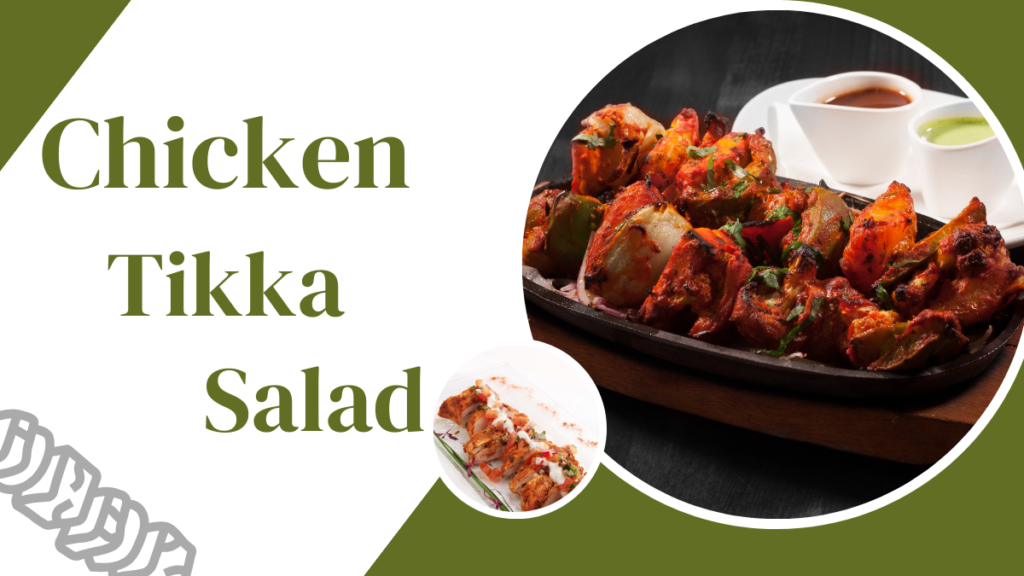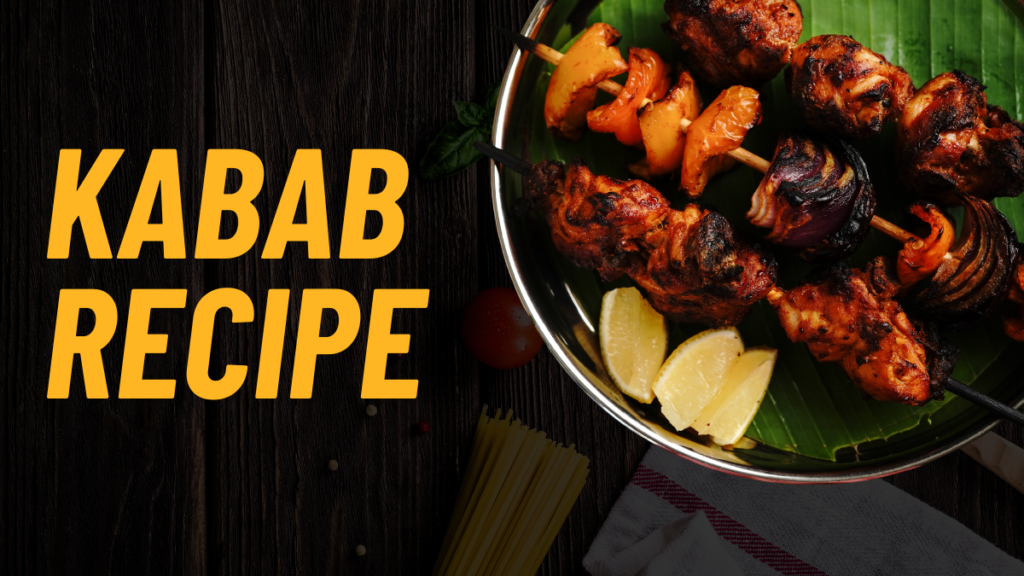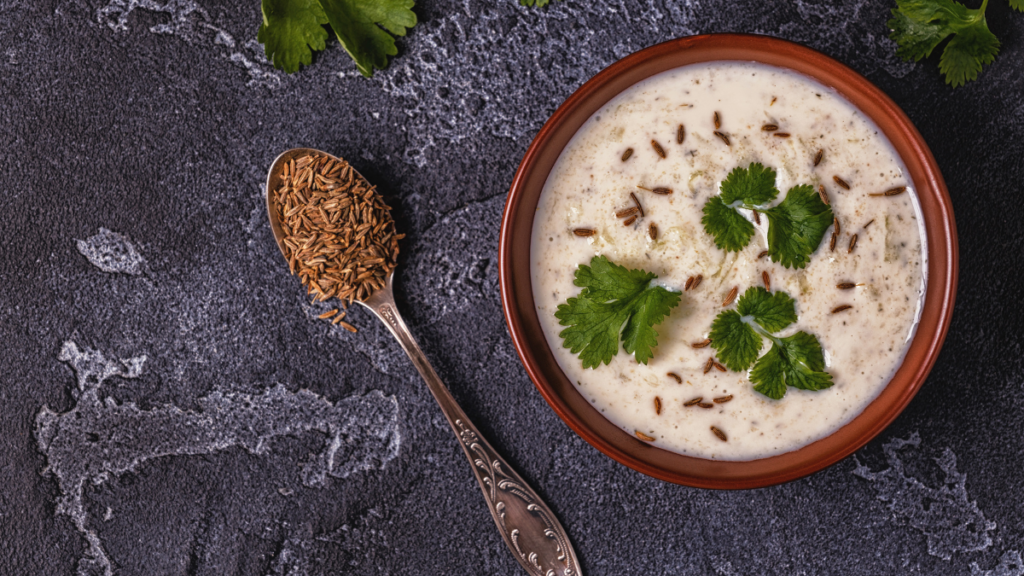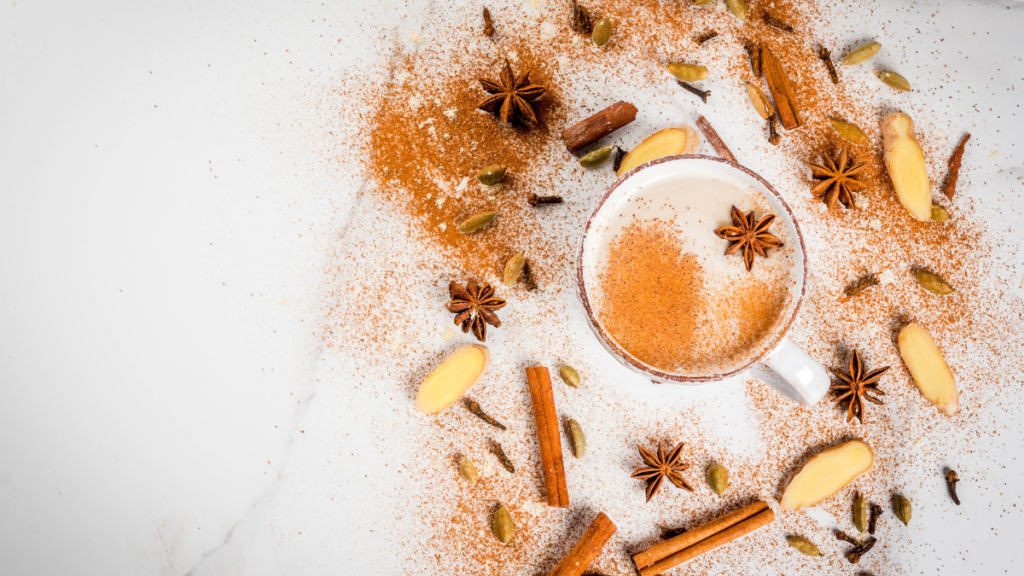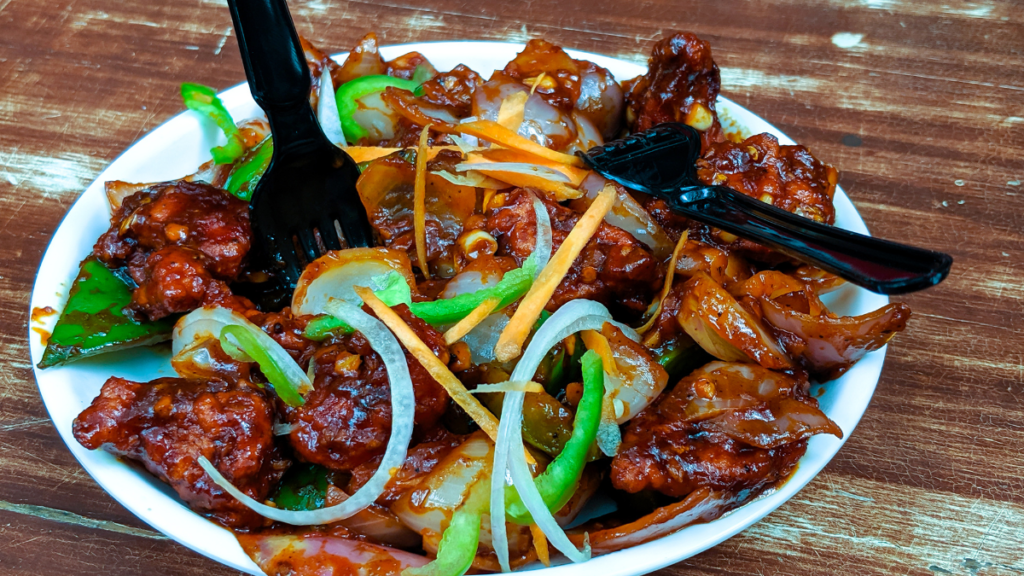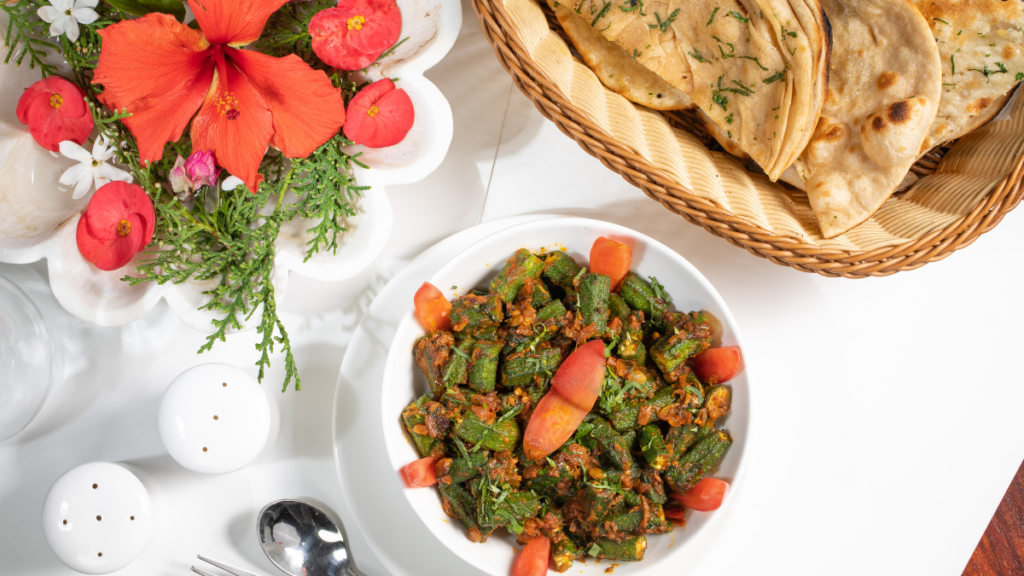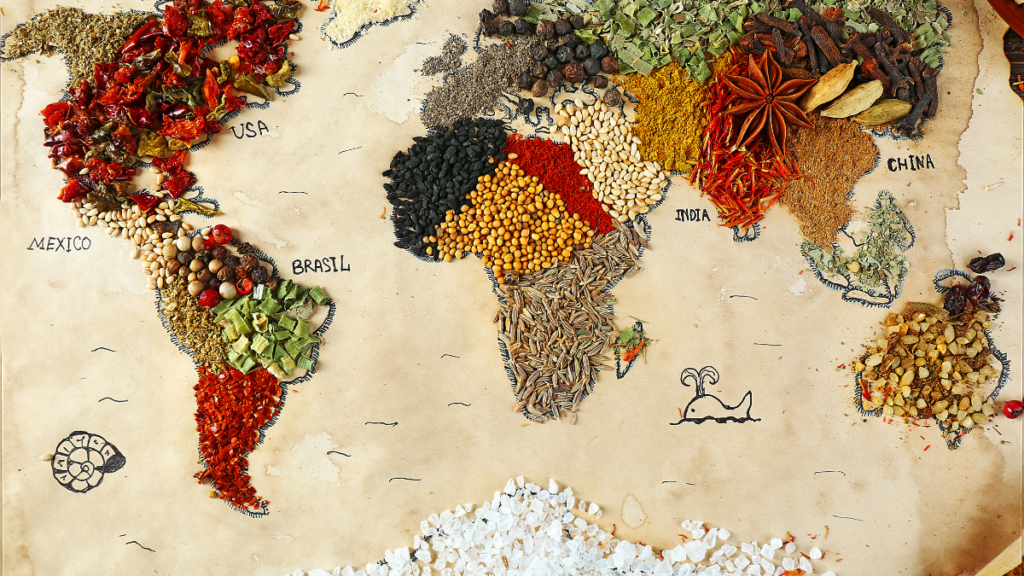Try this delicious chicken tikka salad to up your salad game.
Delicious and Healthy Chicken Tikka Salad Recipe The delicious combination of strong Indian flavors and fresh, wholesome ingredients is known as Chicken Tikka Salad. This salad is an excellent option for a nutritious dinner that doesn’t sacrifice flavor because it mixes crisp veggies, tender, spicy chicken tikka, and a zesty dressing. To make a Chicken Tikka Salad that will entice your palate and fuel your body, adhere to this detailed recipe. Ingredients For the Chicken Tikka: Chicken Breast – 500 grams, boneless and skinless, cut into bite-sized pieces Yogurt – 1/2 cup Ginger-Garlic Paste – 2 tablespoons Red Chili Powder – 1 teaspoon Turmeric Powder – 1/2 teaspoon Garam Masala – 1 teaspoon Cumin Powder – 1 teaspoon Coriander Powder – 1 teaspoon Lemon Juice – 2 tablespoons Salt – to taste Olive Oil – 2 tablespoons For the Salad: Mixed Greens – 4 cups (lettuce, spinach, arugula) Cherry Tomatoes – 1 cup, halved Cucumber – 1, diced Red Onion – 1/2, thinly sliced Bell Peppers – 1 cup, assorted colors, sliced Carrots – 1, grated Fresh Coriander Leaves – 1/4 cup, chopped Feta Cheese – 1/2 cup, crumbled (optional) Avocado – 1, sliced (optional) For the Dressing: Olive Oil – 1/4 cup Lemon Juice – 2 tablespoons Honey – 1 teaspoon Dijon Mustard – 1 teaspoon Salt and Pepper – to taste Preparation 1. Marinating the Chicken Prepare the Marinade: Yogurt, ginger-garlic paste, red chili powder, turmeric powder, garam masala, cumin powder, coriander powder, lemon juice, and salt should all be combined in a big bowl. Blend thoroughly. Marinate the Chicken: Make sure the chicken pieces are thoroughly coated before adding them to the marinade. If you want a deeper taste, cover and refrigerate for at least an hour—preferably overnight. 2. Cooking the Chicken Tikka Preheat the Oven: Turn the oven on to 200°C (400°F) or get the grill ready. Skewer the Chicken: Using skewers, thread the marinated chicken pieces. Bake or Grill: The chicken should be cooked through and mildly browned after 20 to 25 minutes of baking or grilling in a preheated oven. To keep the chicken juicy, baste it with olive oil half way through cooking. Rest and Slice: After cooking, allow the chicken to cool for a few minutes before slicing it into small pieces. 3. Preparing the Salad Mix the Greens: Combine the mixed greens, grated carrots, cucumber, red onion, bell peppers, and cherry tomatoes in a large salad bowl. Add Fresh Coriander: Over the salad, scatter the freshly chopped coriander leaves. 4. Making the Dressing Combine Ingredients: Combine olive oil, honey, lemon juice, Dijon mustard, salt, and pepper in a small bowl and whisk until thoroughly combined. 5. Assembling the Salad Combine Salad and Chicken: Combine the salad bowl with the sliced chicken tikka. Dress the Salad: After lightly tossing the salad, drizzle it with the dressing. Add Optional Toppings: Season with sliced avocado and crumbled feta cheese, if using. Serving Suggestions For the greatest flavor and texture, serve the Chicken Tikka Salad right away. This salad is a great lunch on its own, or it can be served with pita or naan bread for a heartier option. It’s also a great way to start a larger Indian-style meal. Tips for a Perfect Chicken Tikka Salad Marination Time: To ensure that the flavors are well absorbed, let the chicken marinade for at least an hour. Grill for Smokiness: This salad tastes much better once the chicken is grilled because it provides a wonderful smokey flavor. Fresh Ingredients: To add a cool contrast to the hot chicken tikka, use crisp, fresh veggies. Adjust Spice Level: Turn up or down the amount of red chili powder to personalize the spiciness level of the chicken marinade. Variations of Chicken Tikka Salad Vegetarian Tikka Salad Panneer, or Indian cottage cheese, or tofu can be used in place of the chicken. For a tasty vegetarian substitute, marinate and cook them similarly to the chicken. Low-Carb Tikka Salad For a keto-friendly version of this salad, omit the honey from the dressing and substitute low-carb veggies like spinach and zucchini. Mediterranean Tikka Salad To give it a Mediterranean flair, add cucumber, cherry tomatoes, and olives with tzatziki sauce. Conclusion A filling and tasty recipe that works well for any dinner is chicken tikka salad. Its blend of flavorful dressing, crisp veggies, and seasoned chicken sets it apart for anybody seeking a satisfying but healthful dinner. Make a Chicken Tikka Salad with brilliant flavors and delightful textures for your family and friends by following this recipe. Also Read:- Try this pav bhaji recipe to Tasty up your kitchen
Try this delicious chicken tikka salad to up your salad game. Read More »


